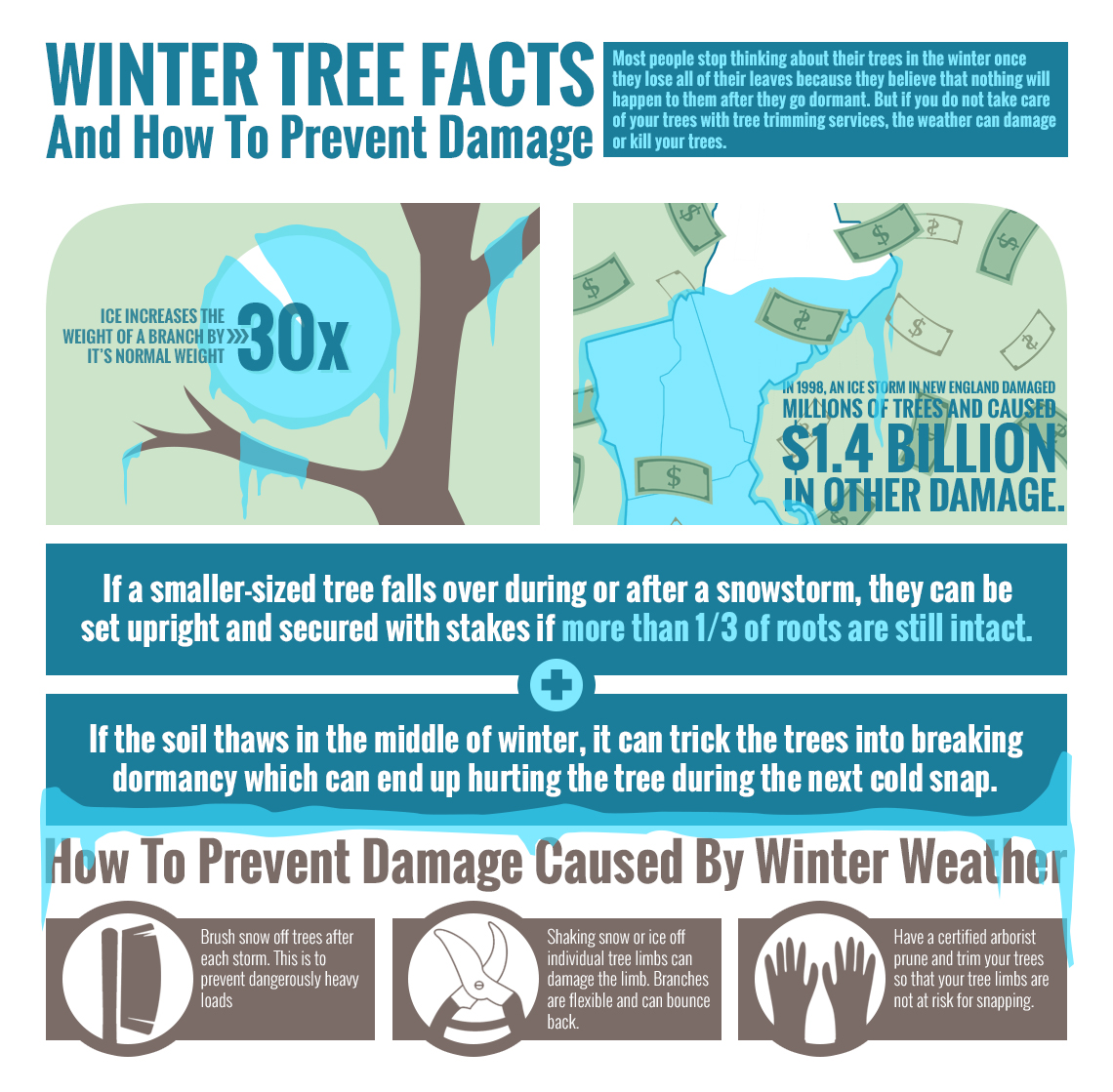Seasonal Tree Maintenance: Standards For Taking Care Of Trees Before And After They Are Gotten Rid Of
Seasonal Tree Maintenance: Standards For Taking Care Of Trees Before And After They Are Gotten Rid Of
Blog Article
Authored By-
When it involves seasonal tree care, making sure appropriate management before and after elimination can dramatically influence the health and wellness and aesthetics of your landscape. By recognizing source for this article required steps associated with evaluating tree wellness and getting ready for elimination, you can proactively safeguard your property. Yet what about the essential practices to adhere to once the tree is gone? Remain tuned to discover the necessary post-removal care actions that will help you grow a flourishing and sustainable setting for your trees.
Pre-Removal Tree Treatment
Prior to resolving the removal of a tree, it's essential to prioritize pre-removal tree care. Start by examining the tree's wellness and structural integrity. perfect cut tree service for signs of illness, insect infestations, or any type of architectural problems that may pose a safety threat during elimination. It's vital to consult with a certified arborist to identify the very best course of action.
Trimming dead or diseased branches can prevent more damage to the tree and guarantee a smoother removal procedure.
Additionally, think about the environmental influence of eliminating the tree. Trees play a crucial function in our community, so planting a new tree in an ideal area can assist balance out any type of loss. Make certain that you have the needed authorizations and consents for tree elimination, particularly if the tree is shielded by regional guidelines.
Seasonal Upkeep Tips
Assessing your tree's needs throughout the year is crucial for its health and long life. To maintain your trees in leading condition, adhere to these seasonal maintenance ideas.
In spring, concentrate on pruning to remove dead or broken branches and motivate brand-new development.
Summer season requires regular watering, especially throughout dry spells, to ensure your tree stays hydrated.
As fall strategies, keep an eye out for very early signs of condition or stress and anxiety, and think about applying compost to secure the origins during winter months.
In winter months, beware when eliminating snow from branches to prevent breakage, and continue to monitor your tree's total wellness.
Remember to readjust your treatment routine based upon the specific demands of your tree types and neighborhood environment. By remaining alert and proactive throughout the seasons, you can aid your trees flourish and flourish for many years ahead.
Post-Removal Tree Care
To make certain the wellness of your landscape also after tree elimination, correct post-removal care is vital. After a tree is eliminated, it's critical to fill the remaining opening with topsoil and small it to avoid settling. This will help maintain the integrity of the ground and prevent prospective risks in the future.
Think about growing new plants in place of the gotten rid of tree to restore the equilibrium and aesthetic appeals of your landscape. Regularly water the area to promote the development of new plants and avoid dirt erosion.
Inspect the bordering trees for any indicators of disease or stress and anxiety that might have been caused by the eliminated tree. Keep an eye out for insects that might've been attracted to the previous tree and take preventive measures to protect the remaining vegetation.
If necessary, speak with a specialist arborist to analyze the influence of the elimination on the surrounding trees and determine any type of extra treatment required. By adhering to these post-removal care steps, you can make sure the continued wellness and charm of your landscape.
Conclusion
To conclude, proactive seasonal tree treatment is vital for keeping the wellness and equilibrium of your landscape. By evaluating tree health and wellness, trimming, and seeking advice from an arborist prior to removal, you can make sure a safe process. After removal, loading the hole, growing new greenery, and routine watering will promote new growth and protect against erosion. Remember to evaluate bordering trees for illness and look for further treatment measures from an arborist to maintain your landscape growing.
